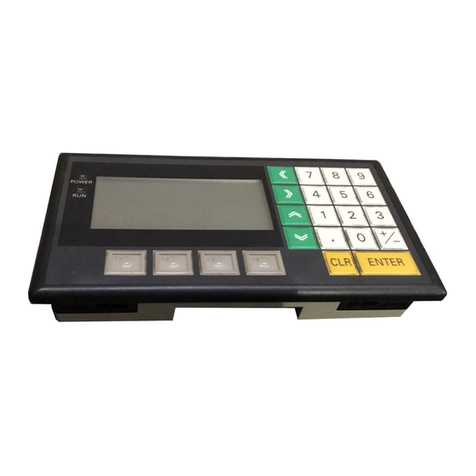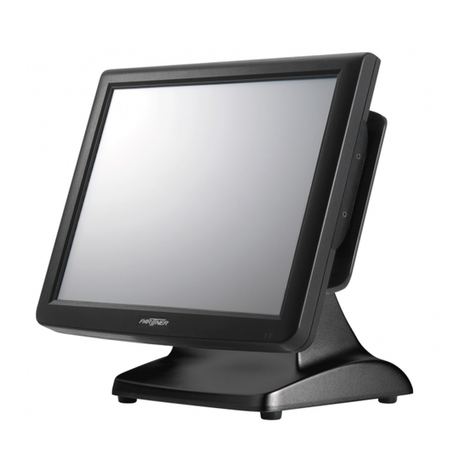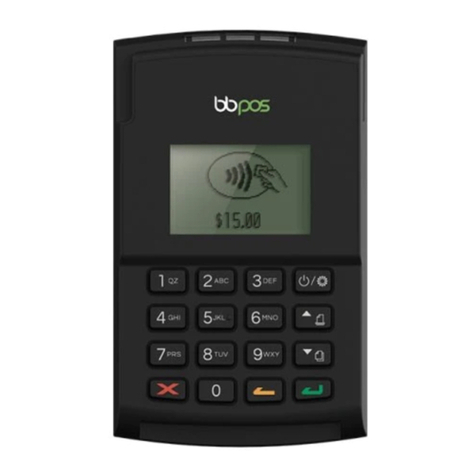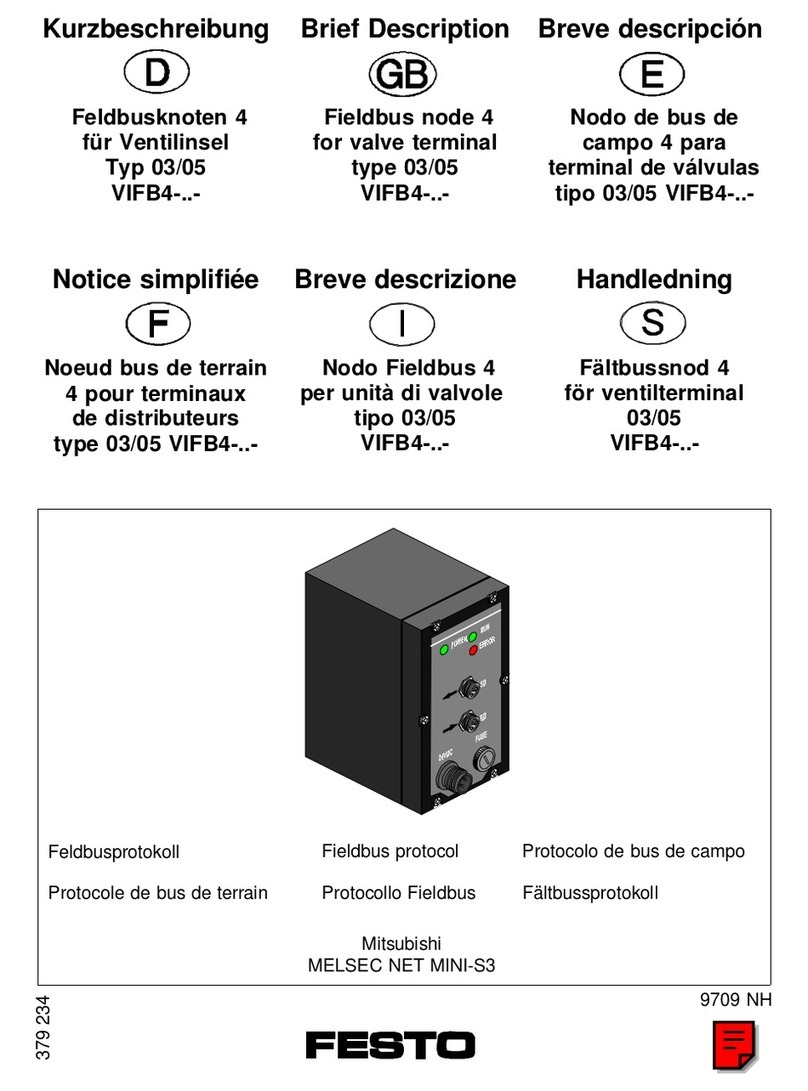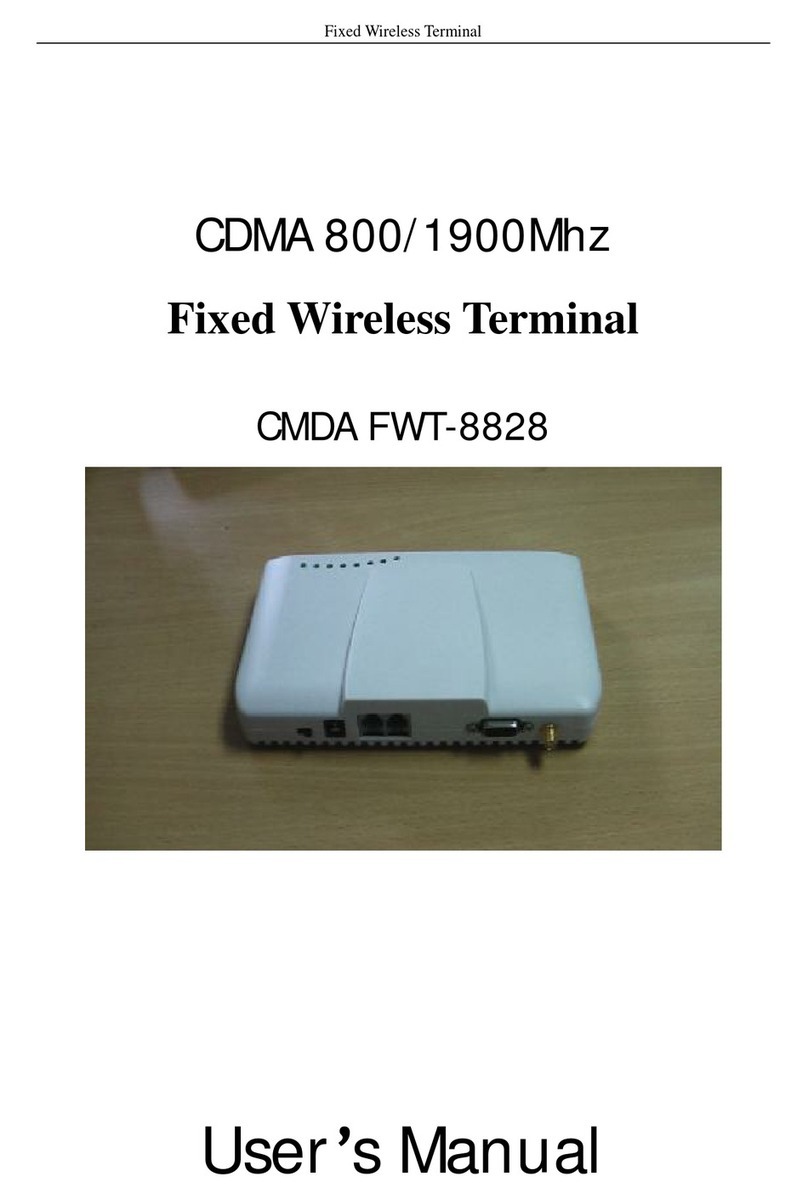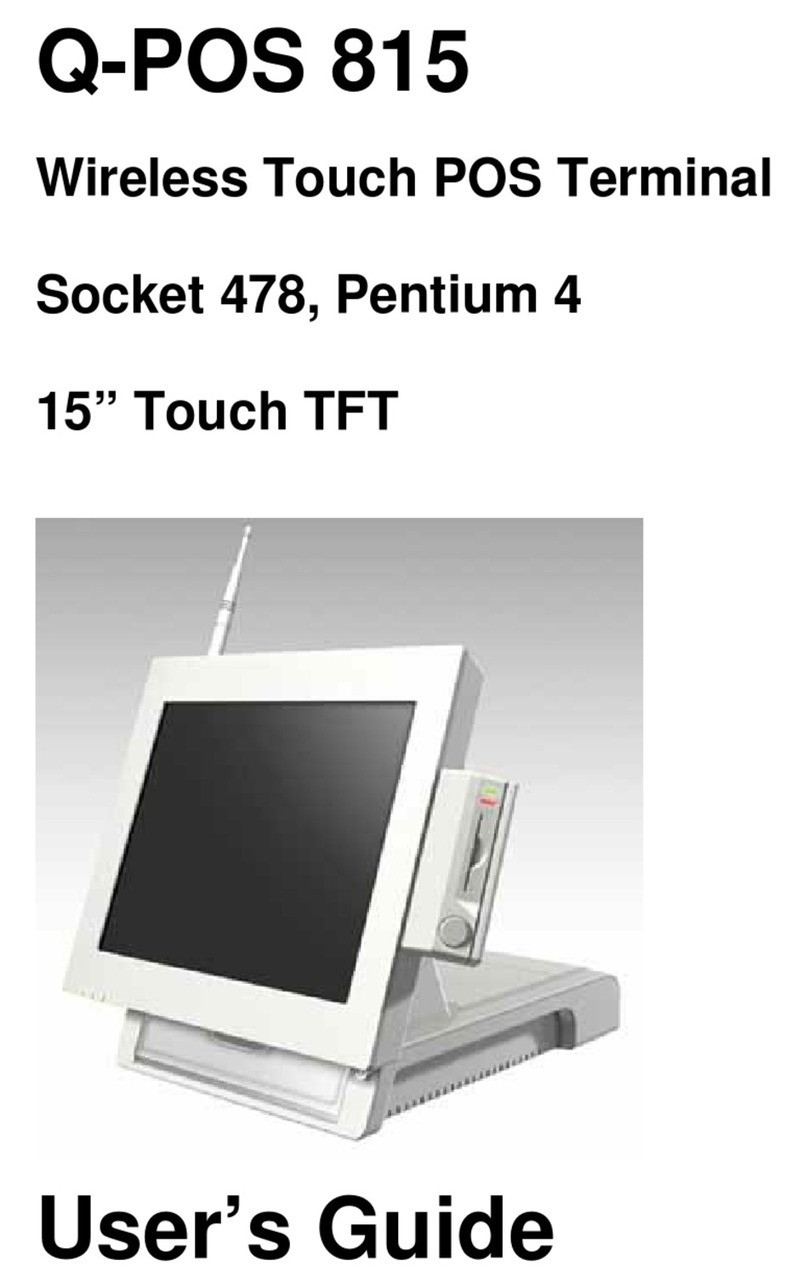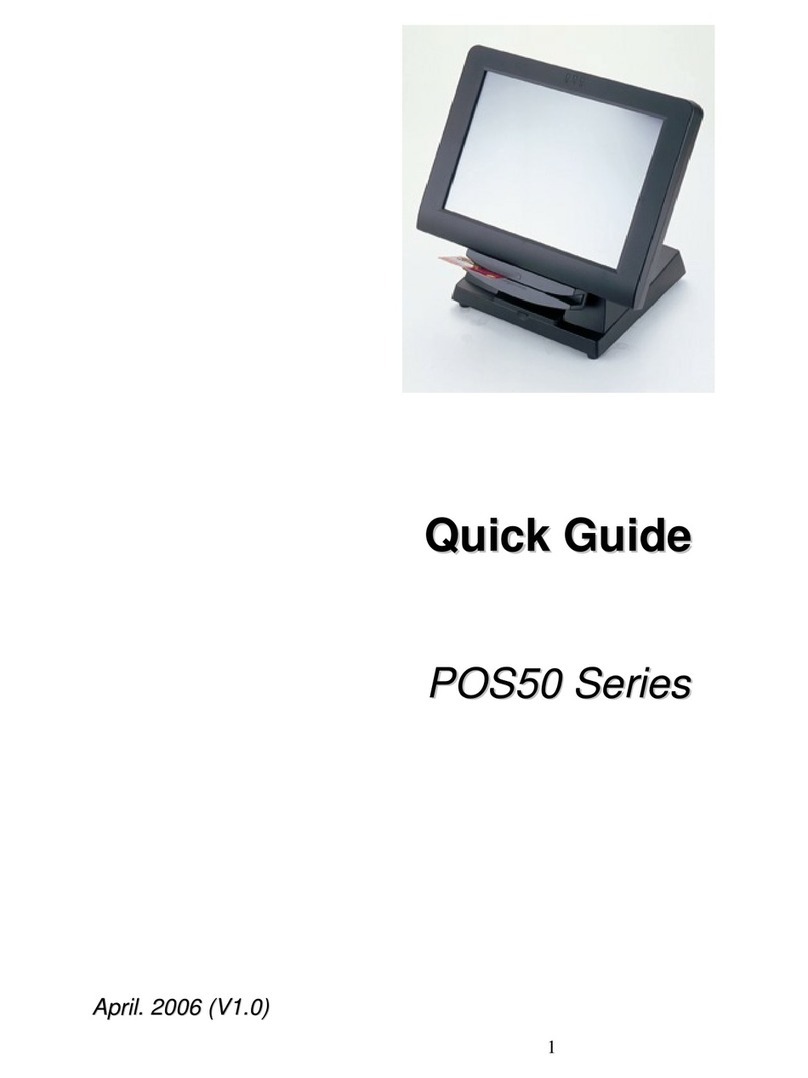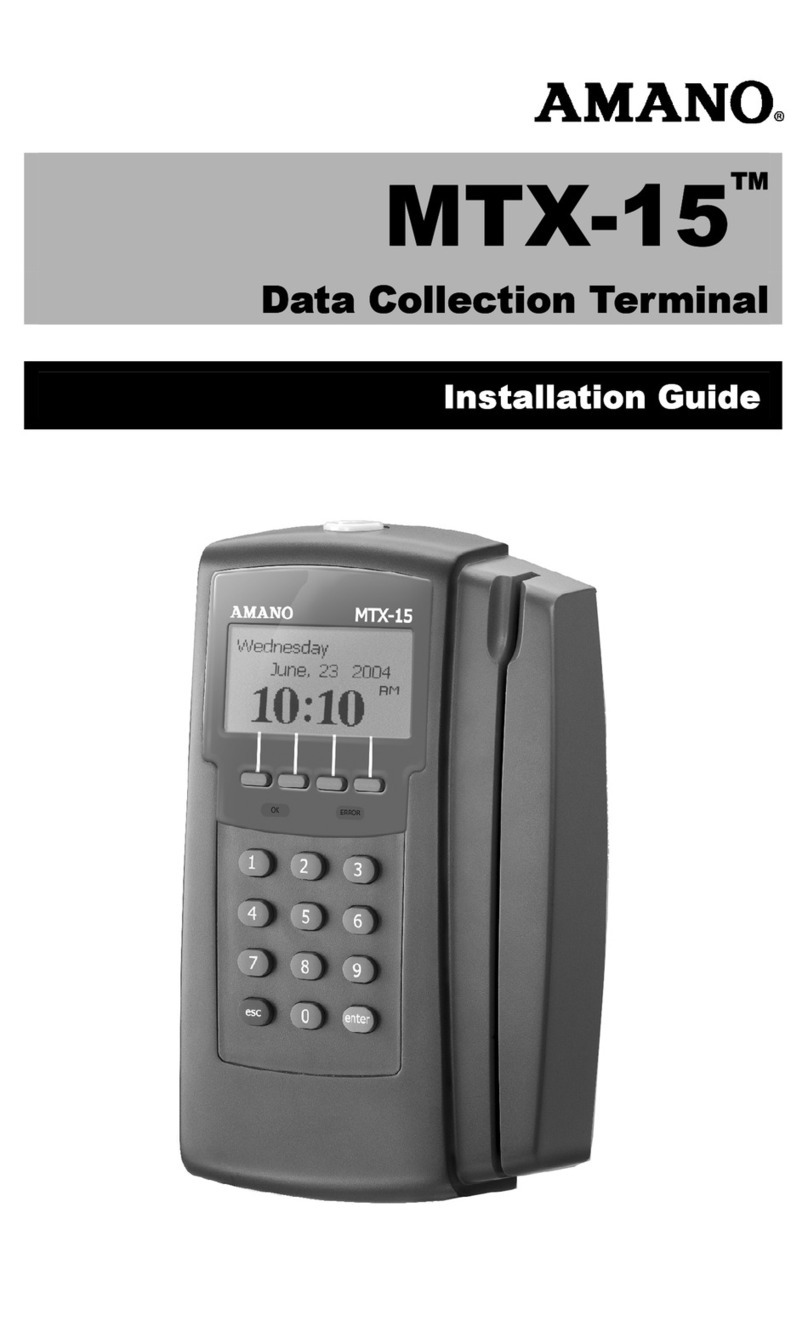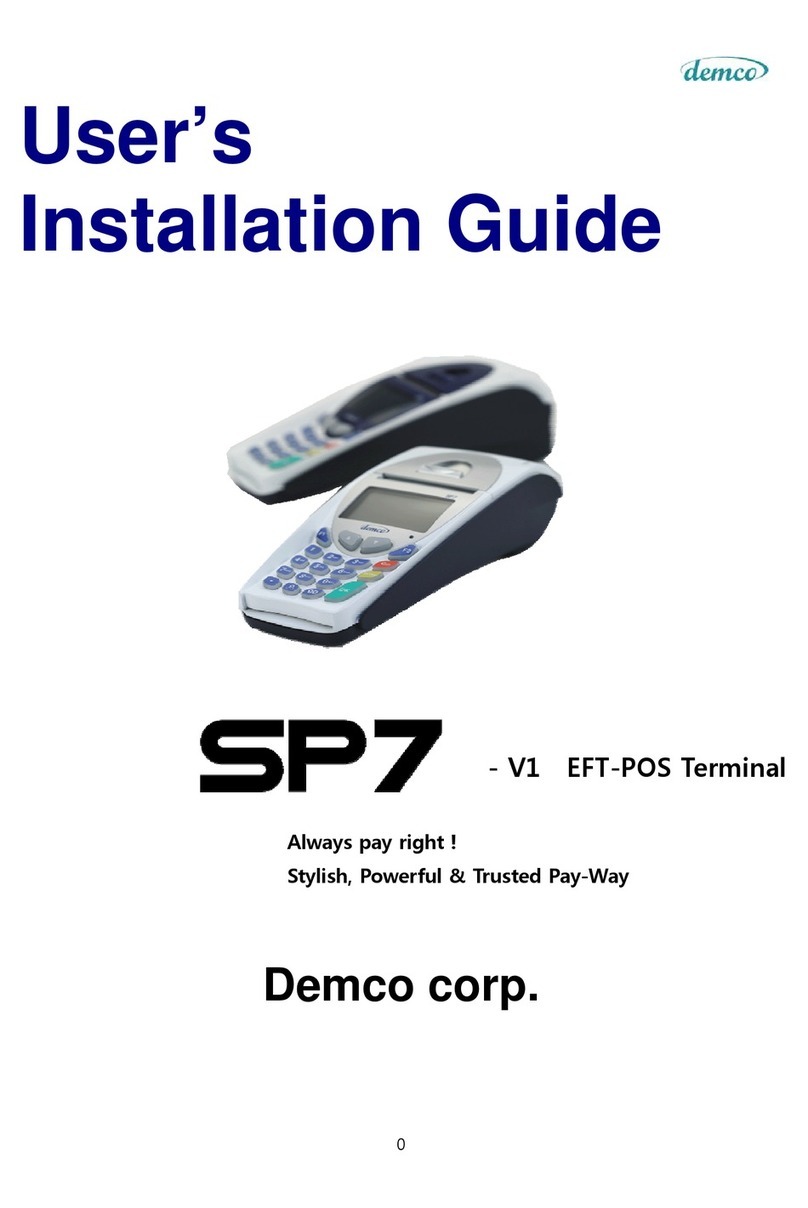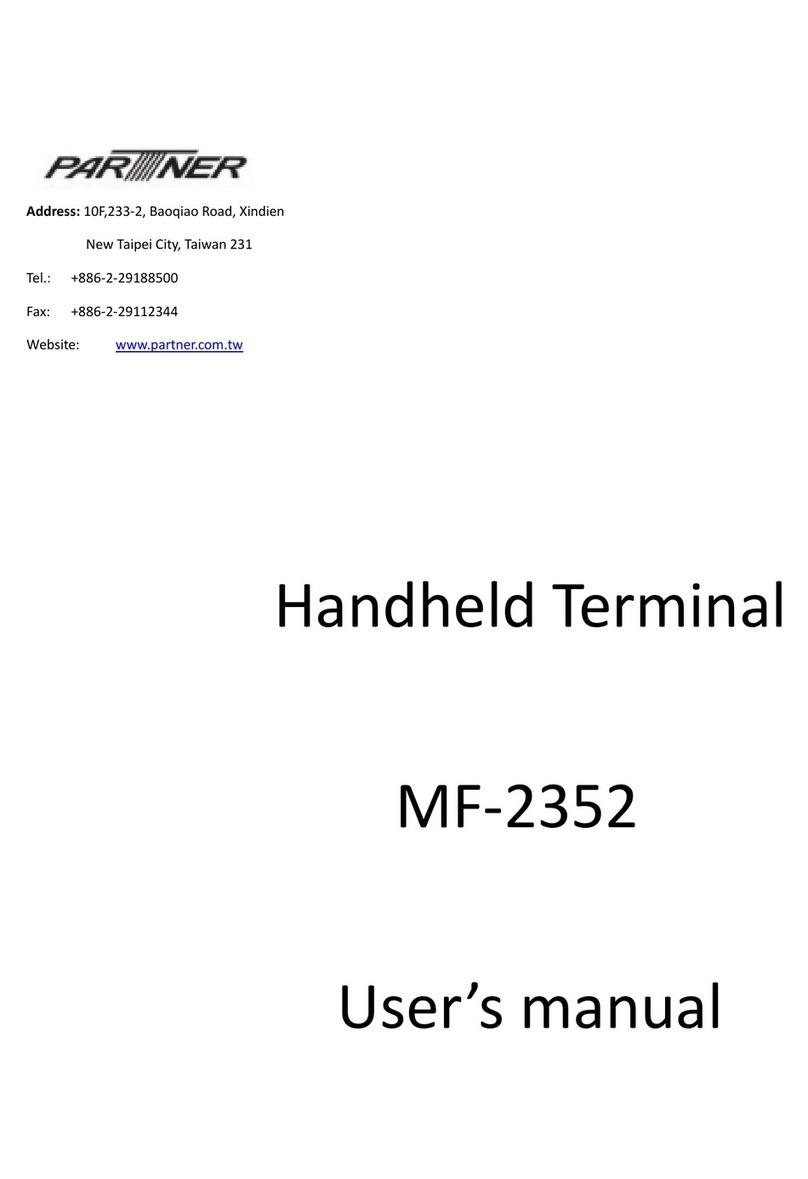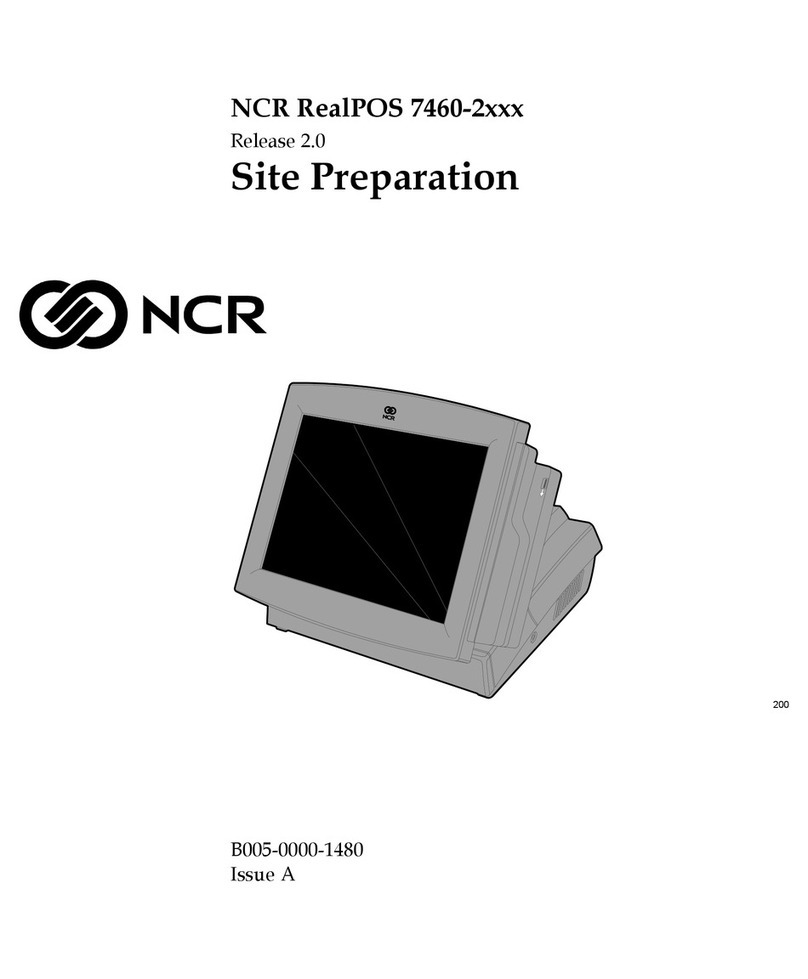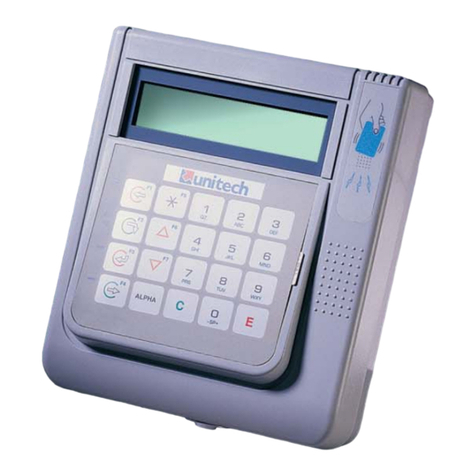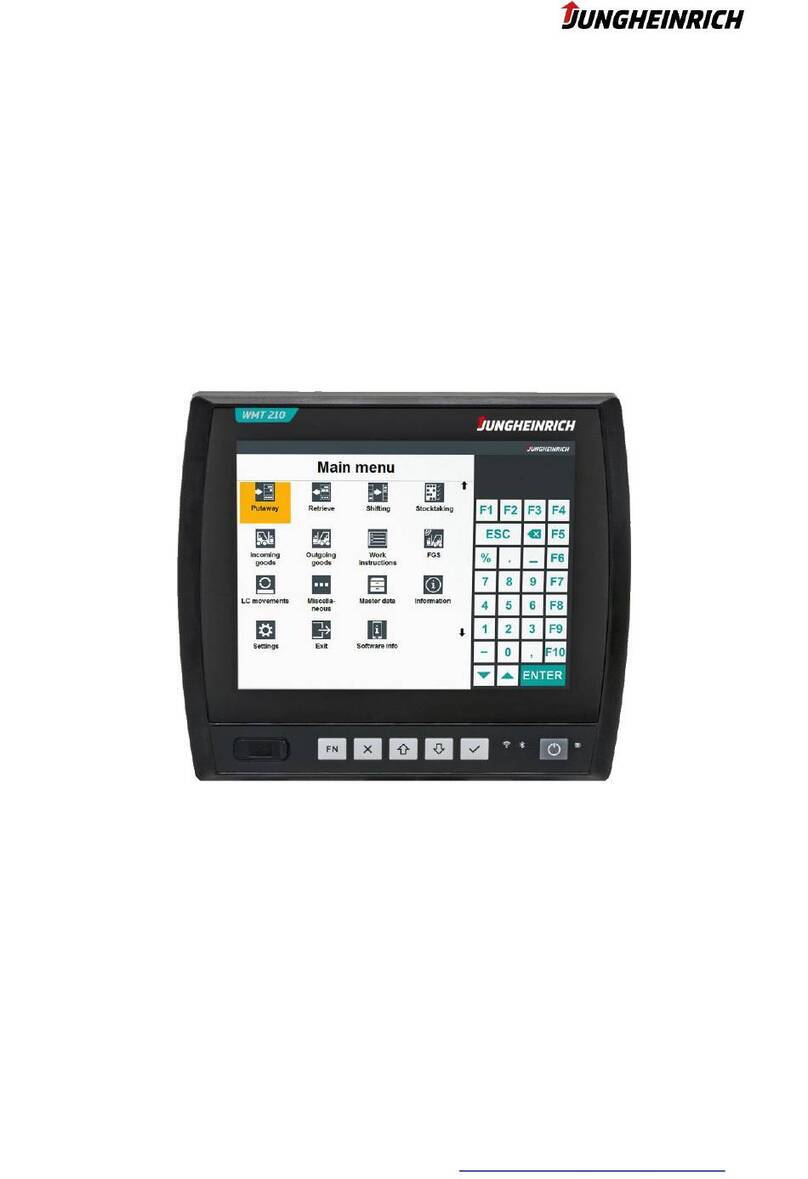page
1 INTRODUCTION 3
2 INSTALLATION 4
2.1 UNPACKING 4
2.2 DETAILED VIEW 5
2.2.1 Dimensions of terminal 5
2.2.2 Details of terminal 5
2.2.3 Display of terminal 6
2.2.4 Dimensions of cradle 7
2.2.5 Details of cradle 7
2.3 HANDLING PRECAUTIONS 8
2.4 ASSEMBLY 9
2.4.1 Terminal 9
2.4.2 Cradle 9
2.4.3 Terminal on cradle 10
2.5 INSTALLING, REPLACING AND CHARGING
BATTERIES 10
2.5.1 Required batteries 11
2.5.2 How to charge the rechargeable
battery pack in the cradle? 11
2.5.3 When to replace or recharge the
main battery? 11
2.5.4 When to replace the backup
battery? 11
2.5.5 How to (re)place the main battery
in the terminal? 12
2.5.6 How to (re)place the backup battery
in the terminal? 13
2.6 INSTALLING IN A SYSTEM 14
2.6.1 Terminal to computer 14
2.6.2 Single cradle to computer 14
2.6.3 Cradle network 14
2.6.4 Dip switch settings on cradle 15
3 OPERATION OF THE TERMINAL 15
4 SCANNING 16
4.1 How to read the barcode 16
4.2 Barcode reading problems 16
USER’S MANUAL PHL2700 TERMINAL / IRU2700 CRADLE
3
page
5 PIN OUT 17
5.1 RS232 cable for terminal 17
5.2 RS485 cable for cradle network 17
5.3 RS232 cable for cradle 17
6 SPECIFICATIONS 18
6.1 SPECIFICATIONS TERMINAL 18
6.1.1 Electrical specifications 18
6.1.2 Optical specifications 18
6.1.3 Physical specifications 18
6.1.4 Functionality 18
6.1.5 Environmental specifications 19
6.1.6 Supported Barcode symbologies 19
6.2 SPECIFICATION CRADLE 19
6.2.1 Electrical specifications 19
6.2.2 Functionality 19
6.2.3 Environmental specifications 19
6.2.4 Physical specifications 19
7 TROUBLESHOOTING 20
7.1 COMMUNICATION PROBLEMS 21
7.2 READ OPERATION PROBLEMS 21
7.3 TERMINAL PROBLEMS 21
8 PRODUCT ORDERING
INFORMATION 23
USER’S MANUAL PHL2700 TERMINAL / IRU2700 CRADLE
PHL2700-barcode-ver1-00 / printed 11 00
CONTENTS
CAUTION: This user’s manual may be revised or
withdrawn at any time without prior notice.
Copyright 2000, Opticon Sensors Europe B.V.
All rights reserved.
This manual may not, in whole or in part, be copied,
photocopied, reproduced, translated or converted to
any electronic or machine readable form without
prior written consent of Opticon Sensors Europe.
Limited warranty and disclaimers
By opening the package of this product you agree to
become bound by the liability and warranty condi-
tions as described below.
Under all circumstances this manual should be read
attentively, before installing and or using the product.
In no event, Opticon Sensors Europe will be liable for
any direct, indirect, consequential or incidental dam-
ages arising out of use or inability to use both the
hardware and software, even if Opticon has been
informed about the possibility of such damages.
A serial number appears on all Opticon products.
This official registration number is strictly related to
the device purchased. Make sure that the serial num-
ber appearing on your Opticon device has not been
removed. Servicing by our Repair Department can
only be carried out under warranty.
All Opticon products are warranted for a period of
one year after purchase, covering defects in material
and workmanship. Opticon will repair or, at its opin-
ion, replace products that prove to be defective in
material or workmanship under proper use during
the warranty period.
Opticon will not be liable in case modifications are
made by the customer. In such case the standard
repair charge will be applicable. The standard charge
for repair will also be applicable in case no defect is
found at all. These rules also apply for products that
are still under warranty. Therefore, you are advised to
have the product specifications always at hand.
Trademarks used are property of their respective
owners
This terminal is a compact, programmable
handheld terminal, and is well suited for a
variety of indoor portable applications. It has a
built-in laser scanner that can scan all popular
bar code labels at varying distances.
User’s applications can be downloaded to the
terminal to adapt the terminal to the user’s
situation.
Operating power is supplied by the main
battery. The main battery may consist of a
rechargeable Ni-MH battery pack (to be
charged in cradle), or dry cell batteries, either
non-rechargeable or rechargeable (to be
charged in external charger).
The cradle is a communication station for data
transmission between the (host) computer
system and the terminal. It communicates with
the terminal through their IrDA interface. The
cradle will also charge the rechargeable
battery pack in the terminal through the
electrical contacts.
The IrDA interface on the terminal enables
you to communicate with other devices that
use IrDA communication, like portable
computers, notebooks and organisers.
Additional a RS232 cable can be used.
The RS232 cable can be used for direct
communication between the (host) computer
system and the terminal, for example to
download software to the terminal.
INTRODUCTION
3
1
The general use and functioning of the
terminal together with the cradle will be
described in this manual.
The exact behavior of the terminal
depends on the user application that is
running. For instructions about applications
please consult the documentation of
that software.
Please read this manual carefully
before using the terminal, to maximise
the efficiency of this terminal.
